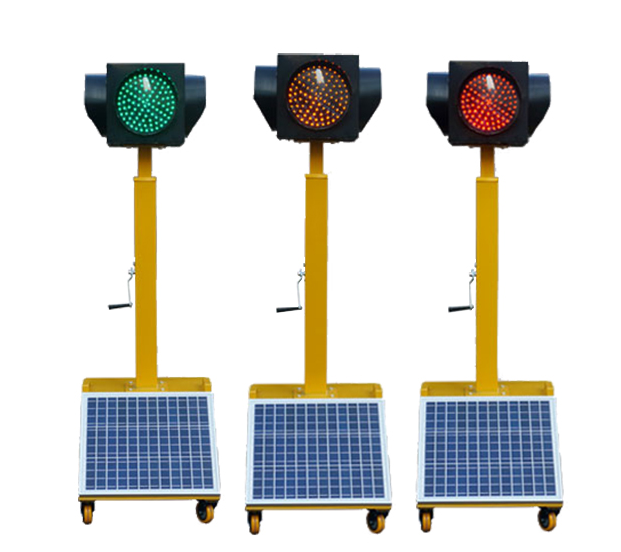Magnesium alloys possess a range of unique properties that make them highly valuable in various industrial applications. One of their key advantages is their high strength-to-weight ratio. Despite being lightweight, magnesium alloys offer superior specific strength compared to aluminum alloys, making them ideal for use in aerospace, automotive, and other industries where weight reduction is crucial. Replacing certain aluminum components with magnesium can significantly reduce the overall weight of aircraft, engines, and precision instruments.
Another important characteristic of magnesium alloys is their excellent shock absorption capability. This is due to their relatively low elastic modulus, which allows them to absorb more energy during deformation. As a result, they are well-suited for parts that must withstand impact and vibration, such as aircraft landing gear and wheel hubs. Their ability to dampen vibrations also improves the comfort and durability of mechanical systems.
Magnesium alloys also exhibit good machinability, making them easy to cut, grind, and polish. They allow for high-speed machining processes, which can increase production efficiency. This property makes them popular in manufacturing environments where precision and speed are essential.
However, one drawback of magnesium alloys is their poor corrosion resistance. When exposed to moisture or certain chemicals, they are prone to oxidation and degradation. To mitigate this, protective treatments such as anodizing, painting, or applying anti-corrosion coatings are commonly used. Additionally, when magnesium alloys come into contact with other metals, galvanic corrosion can occur. To prevent this, it's recommended to isolate contact surfaces using materials like paraffin-treated paper or other non-conductive barriers.
Thanks to these properties, magnesium alloys are widely used not only in aerospace and automotive sectors but also in electronics, consumer goods, and industrial machinery. They are found in everything from laptop casings and camera bodies to power tools and medical devices. Their versatility and performance make them a preferred choice in many modern engineering applications.

Solar traffic lights are innovative devices that utilize solar energy to power traffic signals. These lights are equipped with solar panels that capture sunlight and convert it into electricity, which is then stored in batteries for use during the night or on cloudy days.
Key Features
- Renewable Energy Source: Solar traffic lights harness energy from the sun, making them environmentally friendly and sustainable.
- Battery Storage: Excess energy is stored in batteries to ensure continuous operation even when sunlight is not available.
- LED Lights: High-efficiency LED bulbs are used to reduce energy consumption and increase visibility.
Benefits
- Reduced Carbon Footprint: By using solar power, these lights help reduce greenhouse gas emissions and promote cleaner air.
- Low Maintenance: Solar traffic lights typically require less maintenance compared to traditional systems, as they have fewer moving parts.
- Cost-Effective: Over time, the use of solar energy can lead to significant cost savings on electricity bills.
In summary, solar traffic lights offer a sustainable and efficient solution for managing traffic while minimizing environmental impact.
solar traffic lights,solar powered traffic lights,portable traffic lights,led stop signs solar,solar traffic signs
Yangzhou M.T. New Energy & Lighting Group Co., Ltd. , https://www.mtstreetlight.com
